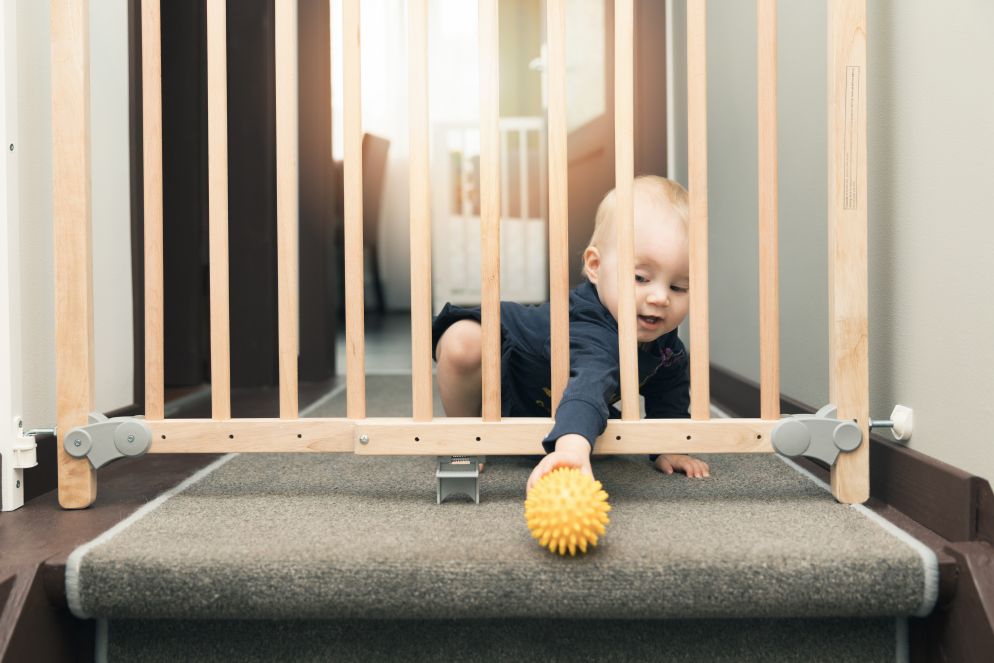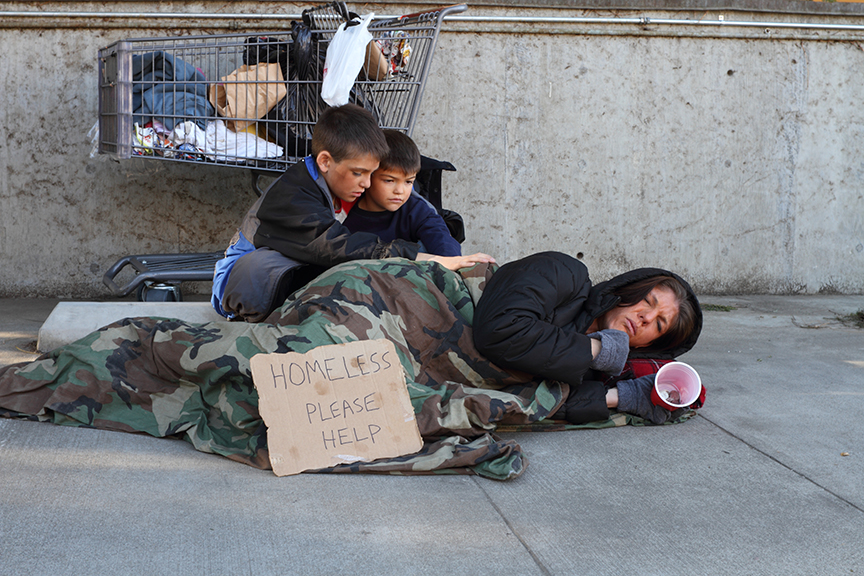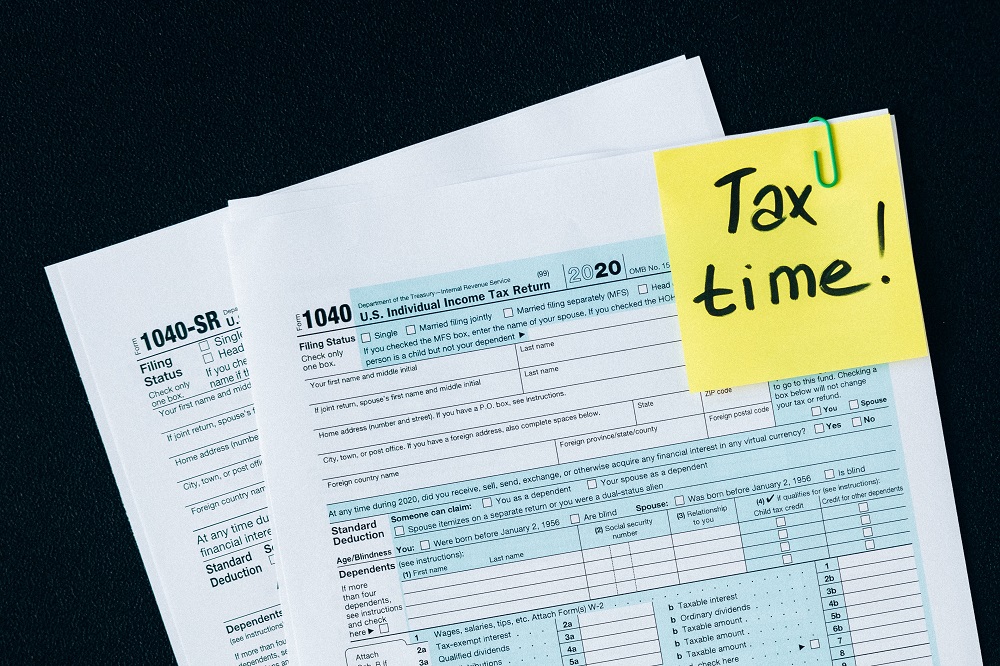Baby products are an $8.9 billion U.S. industry. A typical middle-income American family with one child will spend an average of $13,590 on baby’s first year alone.
There are ways you can spend less, get better value and still buy high-quality, safe products. Follow these tips to get more out of your baby budget without compromising safety.
 Go with store-brand disposable diapers. Although Consumer Reports tests show that the name brands are the top-rated disposable diapers because they tend to be more absorbent and fit better, you may find store brands are more than adequate, and a cost-cutter. You’ll save about 3 cents per diaper if, for example, you compare the cost of size 1 Parent’s Choice (Wal-Mart’s store-brand diapers) with size 1 Pampers. With 10 changes per day, you’d bank about $9 per month and $108 per year using store brand diapers.
Go with store-brand disposable diapers. Although Consumer Reports tests show that the name brands are the top-rated disposable diapers because they tend to be more absorbent and fit better, you may find store brands are more than adequate, and a cost-cutter. You’ll save about 3 cents per diaper if, for example, you compare the cost of size 1 Parent’s Choice (Wal-Mart’s store-brand diapers) with size 1 Pampers. With 10 changes per day, you’d bank about $9 per month and $108 per year using store brand diapers.

Breastfeed if you can. It’ll save you about $2,000 a year for infant formula.
 if you choose or need to use infant formula, buy milk-based formula. It tends to cost less than soy-based formula. The powdered version is the least expensive. All infant formula sold in the U.S. must meet basic nutrient requirements specified by the U.S. Food and Drug Administration. If your baby likes store-brand formula, buy the largest-size cans you can find to get the best value.
if you choose or need to use infant formula, buy milk-based formula. It tends to cost less than soy-based formula. The powdered version is the least expensive. All infant formula sold in the U.S. must meet basic nutrient requirements specified by the U.S. Food and Drug Administration. If your baby likes store-brand formula, buy the largest-size cans you can find to get the best value.
 Don’t buy designer duds. Babies may be able to wear them only once or twice before they outgrow them, which inspires new-parent guilt and the sense that the money could have been better spent. If you can’t resist, watch for sales and scout for designer wear at secondhand shops.
Don’t buy designer duds. Babies may be able to wear them only once or twice before they outgrow them, which inspires new-parent guilt and the sense that the money could have been better spent. If you can’t resist, watch for sales and scout for designer wear at secondhand shops.
 Don’t buy a convertible crib mattress. While “dual firmness” convertible mattresses are available with a firm side for infants and a cushier, standard or memory foam on the other for toddlers, you don’t need to spend the extra money. Convertible mattresses cost $220 to $400 compared to $90 to $200 for a non-convertible mattress. Your baby will still be happy with a mattress when he becomes a toddler.
Don’t buy a convertible crib mattress. While “dual firmness” convertible mattresses are available with a firm side for infants and a cushier, standard or memory foam on the other for toddlers, you don’t need to spend the extra money. Convertible mattresses cost $220 to $400 compared to $90 to $200 for a non-convertible mattress. Your baby will still be happy with a mattress when he becomes a toddler.
 Shopping cart covers. Feel free to skip this purchase entirely. The covers themselves can harbor harmful germs — from blood as well as mucus and feces — longer than a bare cart handle because the germs can get embedded in the fabric. That’s why it’s important to wash a shopping cart cover in hot water and a bleach-based disinfectant and dry it completely after every use. Many supermarkets supply sanitizing wipes for cleaning the cart handle and seat when you walk in. If yours doesn’t, keep a small supply of disinfecting wipes in your purse or diaper bag. Keep your baby from gnawing on the handle by bringing her favorite teething toy.
Shopping cart covers. Feel free to skip this purchase entirely. The covers themselves can harbor harmful germs — from blood as well as mucus and feces — longer than a bare cart handle because the germs can get embedded in the fabric. That’s why it’s important to wash a shopping cart cover in hot water and a bleach-based disinfectant and dry it completely after every use. Many supermarkets supply sanitizing wipes for cleaning the cart handle and seat when you walk in. If yours doesn’t, keep a small supply of disinfecting wipes in your purse or diaper bag. Keep your baby from gnawing on the handle by bringing her favorite teething toy.
Sandra Gordon is a freelance writer and author of Consumer Reports Best Baby Products (Tenth Edition) ($16.95, Consumer Reports).






